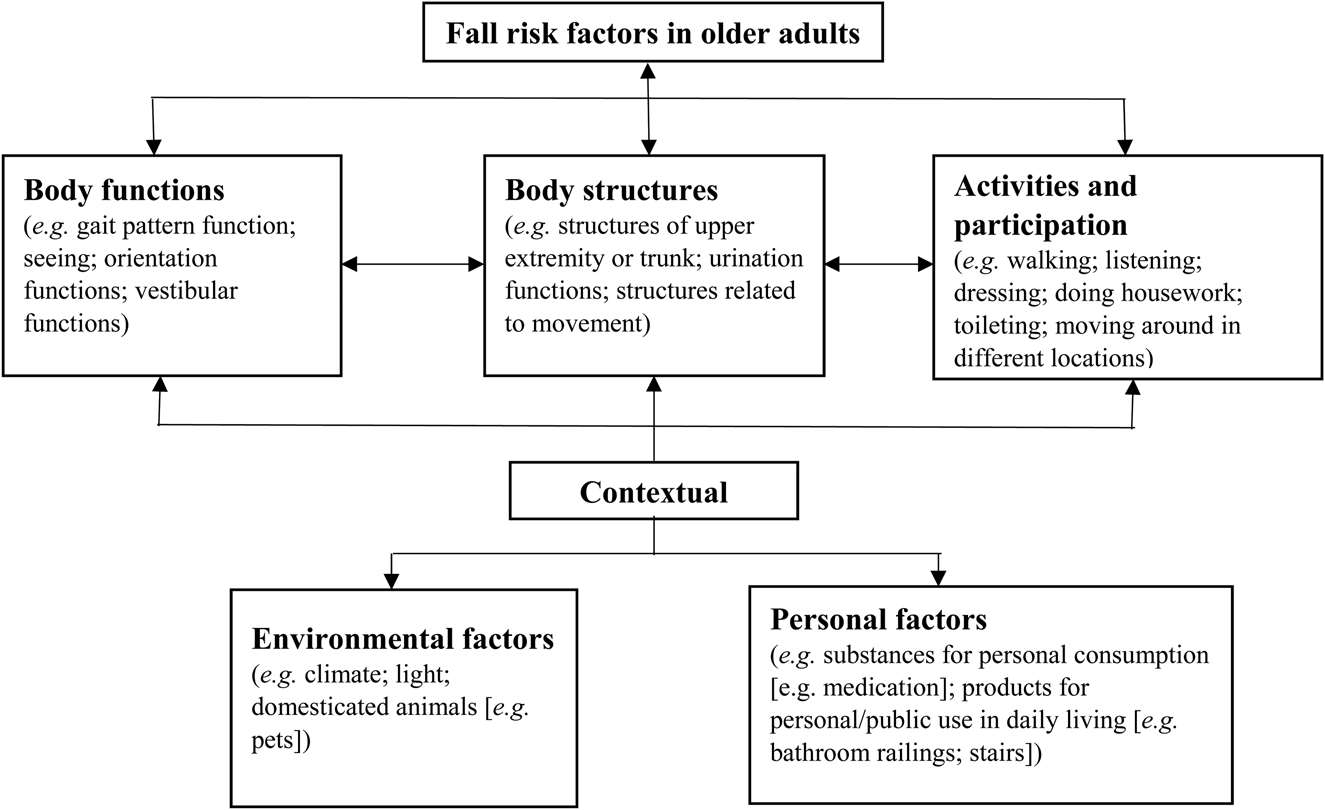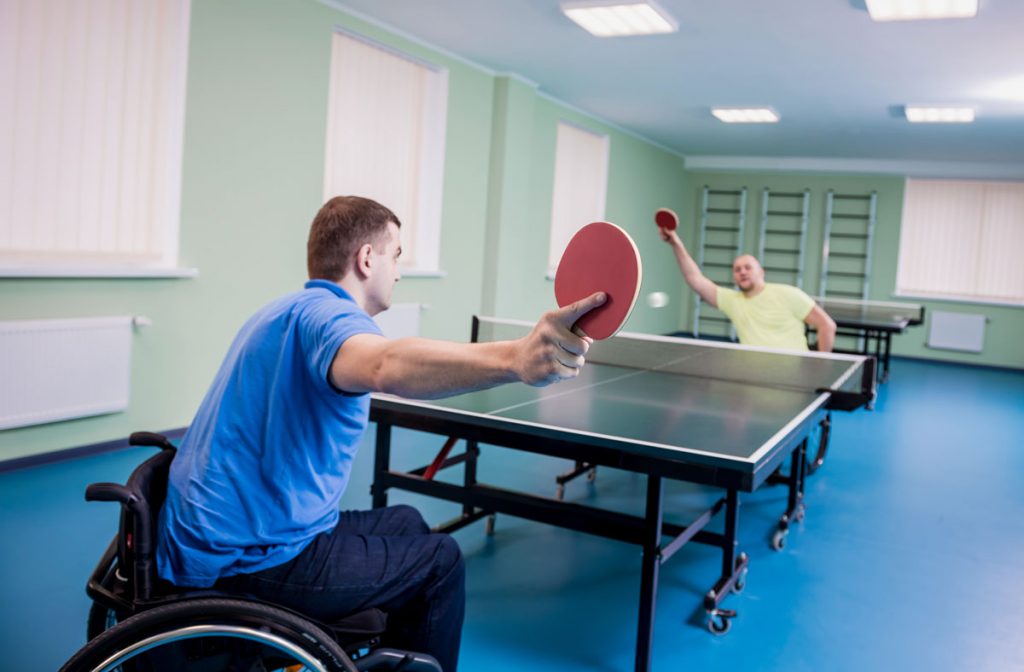Dementia Fall Risk - Truths
The Basic Principles Of Dementia Fall Risk
Table of ContentsNot known Incorrect Statements About Dementia Fall Risk The Basic Principles Of Dementia Fall Risk The Dementia Fall Risk DiariesDementia Fall Risk Fundamentals Explained
A fall danger evaluation checks to see how most likely it is that you will fall. The analysis generally includes: This consists of a collection of questions about your total health and wellness and if you've had previous drops or troubles with equilibrium, standing, and/or walking.STEADI includes screening, evaluating, and intervention. Interventions are recommendations that may decrease your threat of falling. STEADI includes three steps: you for your danger of succumbing to your risk elements that can be boosted to try to avoid drops (for instance, balance troubles, impaired vision) to minimize your risk of dropping by using reliable approaches (as an example, giving education and resources), you may be asked several inquiries including: Have you dropped in the past year? Do you really feel unstable when standing or strolling? Are you stressed over dropping?, your service provider will certainly examine your strength, equilibrium, and stride, using the adhering to loss analysis devices: This examination checks your stride.
You'll sit down once more. Your provider will certainly inspect how much time it takes you to do this. If it takes you 12 secs or more, it might mean you go to higher threat for a fall. This test checks strength and balance. You'll being in a chair with your arms went across over your chest.
The positions will certainly get more challenging as you go. Stand with your feet side-by-side. Move one foot midway forward, so the instep is touching the large toe of your other foot. Move one foot completely before the various other, so the toes are touching the heel of your other foot.
Excitement About Dementia Fall Risk
The majority of drops take place as an outcome of numerous adding elements; as a result, managing the threat of dropping starts with recognizing the elements that add to fall risk - Dementia Fall Risk. Some of one of the most relevant danger elements include: History of prior fallsChronic medical conditionsAcute illnessImpaired stride and balance, lower extremity weaknessCognitive impairmentChanges in visionCertain high-risk medications and polypharmacyEnvironmental variables can also raise the threat for drops, including: Poor lightingUneven or harmed flooringWet or unsafe floorsMissing or damaged handrails and order barsDamaged or poorly equipped devices, such as beds, wheelchairs, or walkersImproper usage of assistive devicesInadequate guidance of individuals residing in the NF, including those who show aggressive behaviorsA successful autumn danger monitoring program calls for a thorough medical evaluation, with input from all members of the interdisciplinary team

The treatment strategy must likewise consist of treatments that are system-based, such as those that advertise a secure atmosphere (appropriate lighting, hand rails, grab bars, and so on). The performance of the treatments should be examined periodically, and the treatment strategy modified as essential to reflect modifications in the loss risk analysis. Carrying out a fall danger monitoring system utilizing evidence-based finest practice can minimize the frequency of falls in the NF, while restricting the capacity for fall-related injuries.
The Basic Principles Of Dementia Fall Risk
The AGS/BGS guideline advises evaluating all adults Learn More aged 65 years and older for loss threat each year. This testing contains asking clients whether they have actually fallen 2 or more times in the previous year or looked for clinical attention for a fall, or, if they have not fallen, whether they really feel unstable when strolling.
People who have actually fallen as soon as without injury should have their balance and stride evaluated; those with stride or equilibrium problems must obtain added evaluation. A background of 1 loss without injury and without gait or balance problems does not warrant more analysis past continued annual autumn danger testing. Dementia Fall Risk. An autumn risk assessment is required as part of the Welcome to Medicare examination

Some Known Details About Dementia Fall Risk
Documenting a drops history is one of the quality indications for loss prevention and management. Psychoactive medicines in specific are independent forecasters of drops.
Postural hypotension can often be reduced by lowering the dose of blood pressurelowering drugs and/or stopping medications that have orthostatic hypotension as an adverse effects. Use of above-the-knee support hose and resting with the head of the bed boosted might additionally reduce postural decreases in high blood pressure. The advisable elements of a fall-focused checkup are received Box 1.

A TUG time higher than or equivalent to 12 seconds recommends high loss danger. Being unable to stand up from a chair of knee height without making use of one's arms suggests enhanced loss threat.